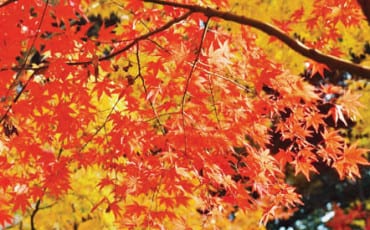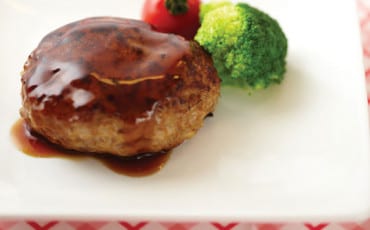Articles
Recipes
Nov 20, 2020
Amazing AMAZAKE Recipes
About AMAZAKE
Literally meaning “sweet sake”, amazake is in fact free from or low in alcohol. White and lightly sweet, this fermented drink is made in two ways: with rice and koji (a type of fermentation starter), and with sake lees, the remnants left over from sake production. Amazake derived from rice and koji is a non-alcoholic and healthy traditional beverage that children and teetotallers can drink with peace of mind.
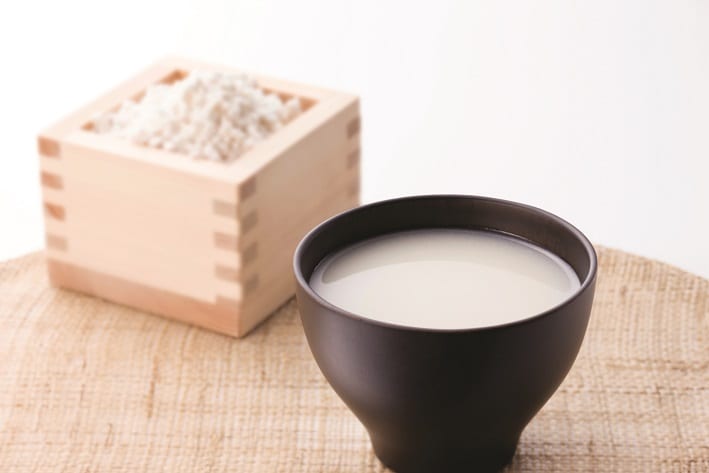
Books from the Edo period state that amazake was popular among ordinary people as a health drink, especially in summer as a cooling beverage. Naturally sweet and delicious, it can be used in smoothies, cold desserts, salad dressings and even baking. It is a healthy fermented food that has passed down through the ages.
These days, amazake is popular throughout the year, thanks to its much-touted health and beauty benefits. Even though amazake tastes sweet, no sugar is used to make it. Through fermentation, koji transforms rice starch into glucose, which is an important source of energy. This allows amazake to be easily absorbed and replenish energy efficiently.
Koji helps with digestion and absorption of food, so it reduces the burden on the gastrointestinal tract. In addition, amazake contains vitamin B, which improves metabolism, immunity and the skin’s appearance. It has an ingredient called resistant protein that acts like dietary fibre too. As amazake contains oligosaccharides, which encourage good bacteria, it is also said to improve the intestinal environment. Many immune cells are concentrated in the mucous membrane of the intestines. Eating fermented foods such as amazake helps to improve the intestinal environment, which can then lead to better immunity.
Delicious AMAZAKE Recipes
SABA NO MISO NI
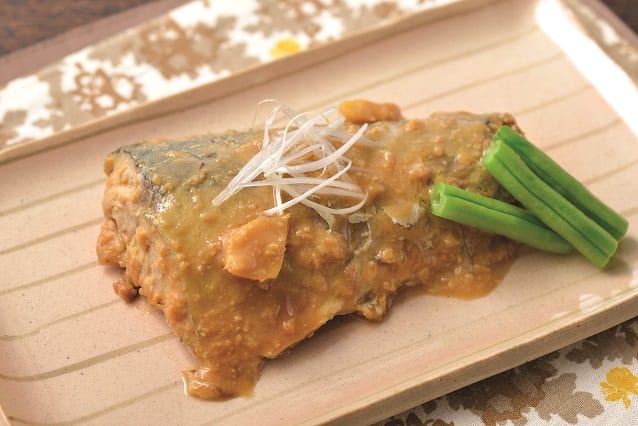
Saba no miso ni, or mackerel simmered in miso sauce, is a popular set meal at Japanese restaurants as well as a home-cooking staple.
INGREDIENTS (Serves 2)
2 saba (mackerel) fillets
Salt
1 piece ginger, peeled, thinly sliced
2 long beans, cut into 3cm pieces
2 tbsp miso
Finely shredded naga-negi (Japanese leek), to serve
MIXTURE A
-120ml water
-3 tbsp sake
-3 tbsp amazake
-½ tbsp soya sauce
METHOD
1. Season the mackerel with salt. Score the skin, then rinse thefish with hot water.
2. Heat Mixture A in a pan till it boils, then add the mackerel, skin-side up, and ginger.
3. Spoon the mixture over the mackerel several times, then cover with a lid and simmer.
4. Add the long beans and miso to the broth. Continue to simmer.
5. Serve in a bowl and top with naga-negi.
NIKUJAGA
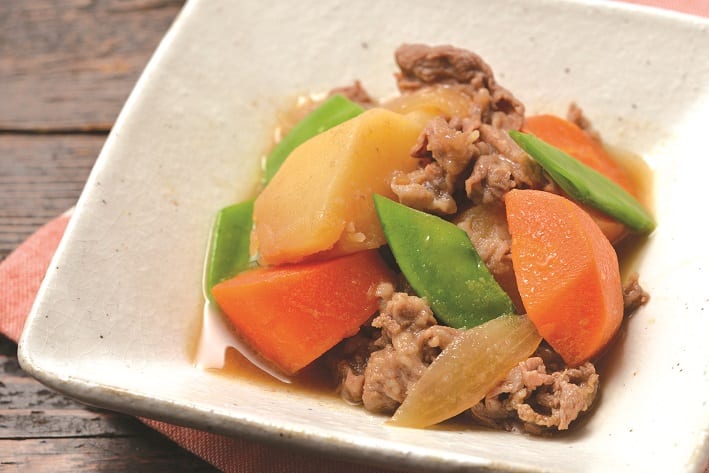
A classic Japanese comfort dish, nikujaga (literally “meat and potatoes”) is often made at home and served with steamed white rice.
INGREDIENTS (Serves 2)
½ tbsp sesame oil
½ onion, finely chopped
100g kiriotoshi (beef offcuts, thinly sliced)
2 potatoes, cut into bite-sized pieces
½ carrot, sliced
6 snow peas, tails removed
150ml dashi
1 tbsp sake
2 tbsp amazake
1½ tbsp oyster sauce
METHOD
1. Heat the oil in a pan and stir-fry the onions till soft.
2. Add the beef, potatoes, carrots and snow peas, and stir-fry.
3. Add the dashi, sake and amazake, and simmer until the vegetables are tender.
4. Add oyster sauce and simmer.
5. Serve in a bowl.
![]()
In cooperation with Nakano-Sake-Brewery.
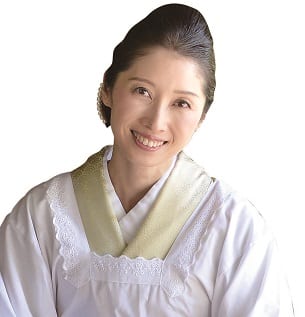
AYA OSADA
Japan Food Expert strongly believes in the concept “to eat is to live”. This is a company that cherishes the environment, nature and the bonds of people. Their top priority is creating and spreading health and happiness through rich cuisine.
Website: https://imakoya.com/





